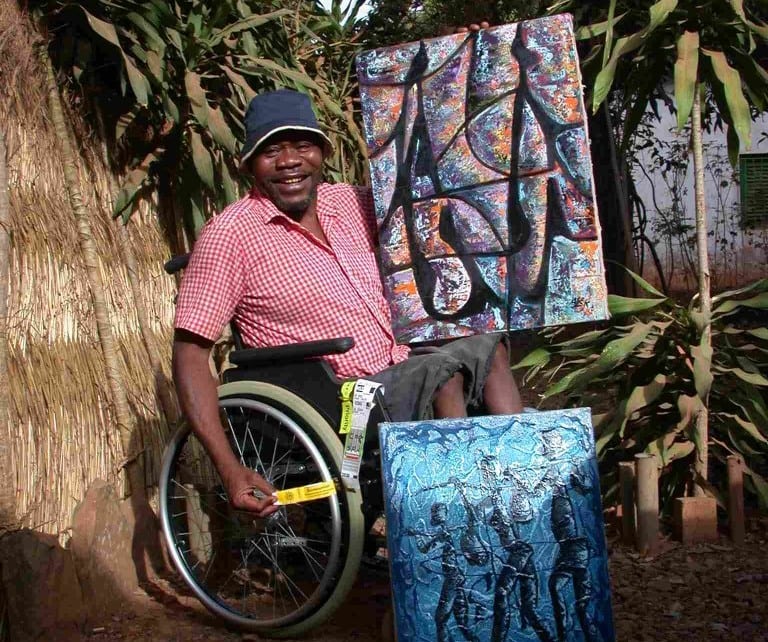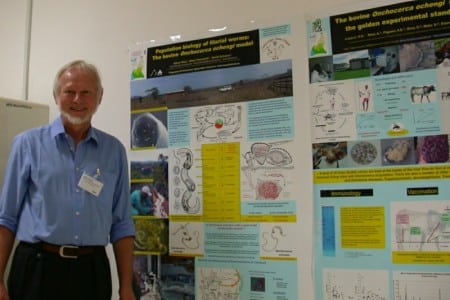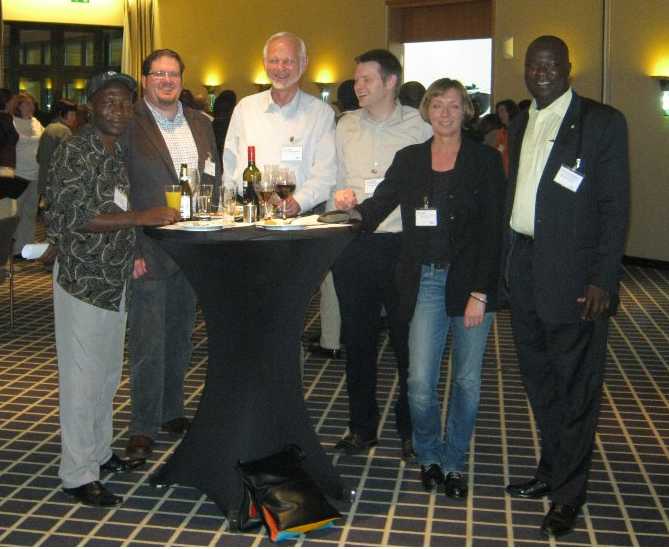David Ekale has been trained as a laboratory assistant in our various research projects since 1984. He is now a part-time student in Nsukka, Nigeria and reports of his experiences there.
During wor work with the Programme Onchocercoses in Cameroon (1984 to 1987 in Kumba, then in Ngaoundere) I learned many entomological and parasitological techniques, like dissections of Simulim damnosum flies, morphometric description of adult flies, identification of third stage larvae and microfilaria species. cryopreservation of microfilaria species, intra-thoracic injection of microfilaria in vector flies, cytotaxonomy of the Simulium damnosum complex, embryogram analysis etc. To enlarge my scientific background and to learn more about biology and research methods, I inscribed as a part-time student at the Nsukka-University in Nigeria. Here are my impressions as a student of an African university:
My experience in Nigeria
My study destination Nigeria is a huge country with over 150 million inhabitants. Amazing indeed, because despite the huge oil deposits making it one of the richest country in Africa it is still rated a poor country with less than a dollar per person per day; problems arising mainly from leadership style, poor management and especially corruption has a negative impact in the country’s economy. It is like a magnified version of what is happening in most African countries.
Read more





